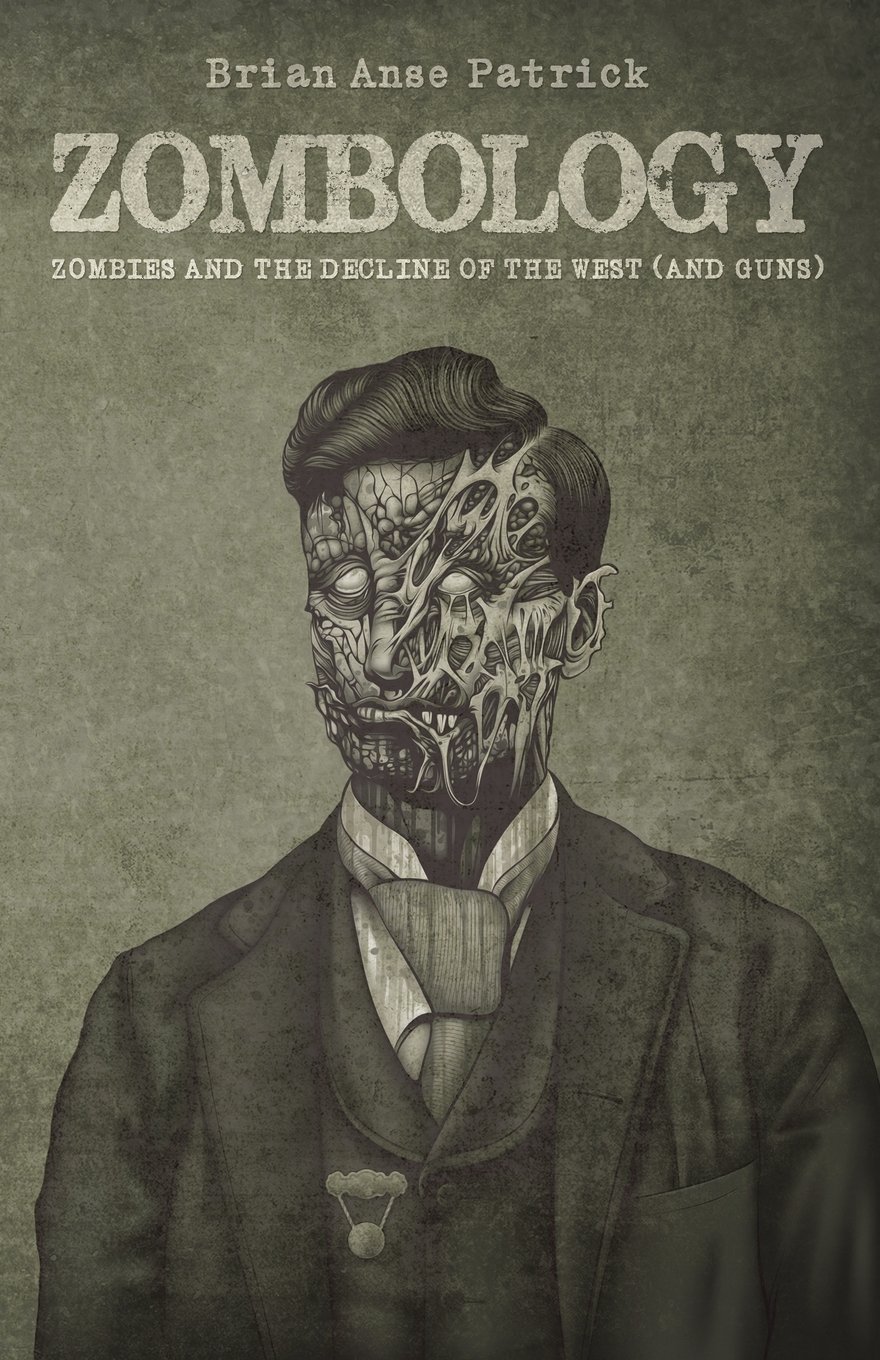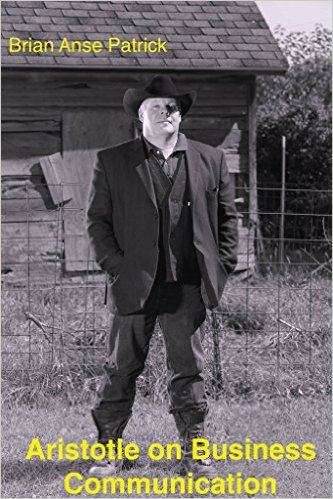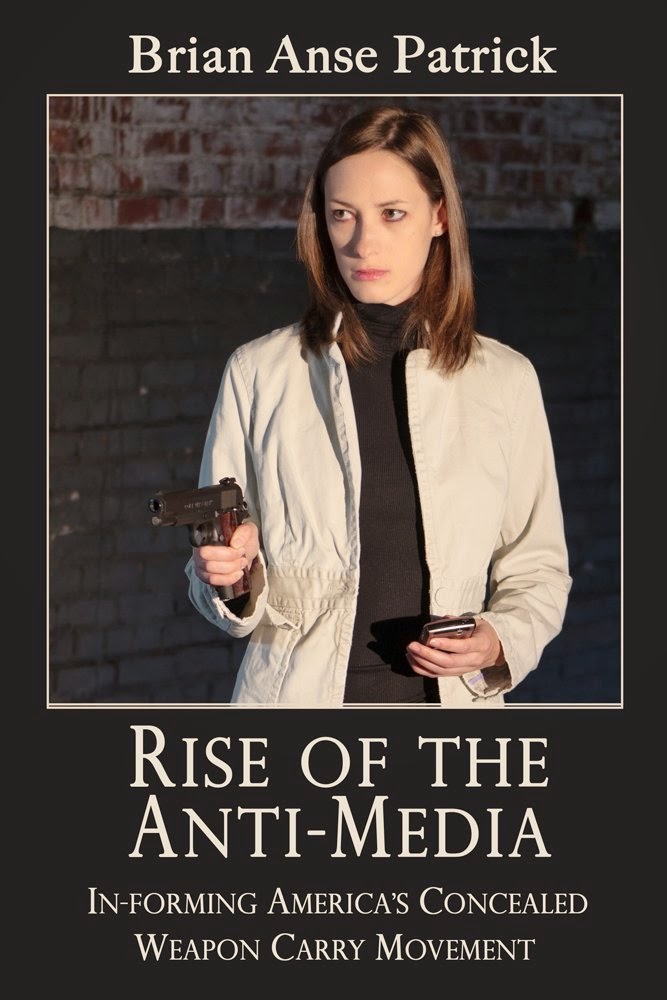Monday, August 8, 2016
Sig Sauer P938: American Gun and Book Reviews by Professor Brian Anse Patrick
American Gun and Book Reviews
by
Professor Brian Anse
Patrick
Sig Sauer P938, 9 mm, 3-inch
barrel, 2-Tone, Army Green. Exeter, NH: Sig Sauer.
Because I consider
myself a Second Amendment Ambassador rather than a Second Amendment
Exhibitionist, there are occasions when considerable discretion must be
practiced in choosing a concealed carry firearm. Moreover, as a general rule in
civic communication, one shouldn’t needlessly frighten the midgets.
Then
of course there is the Big Tradeoff. How much adequacy in a firearm are you
willing to trade for the sake of concealability? Smallish guns tend toward marginal calibers, poor
sights, crudity of features such as trigger pull and safeties, and, too often,
mechanical reliability. A firearm, whatever it may be otherwise, must above all
go bang, and too many of the wee ones fail to do so at crucial moments. I once knew
an Italian gentleman who had stuck his .25 caliber pocket pistol “into the
teeth” of his adversary, pulled the trigger, “and the son-of-a-bitch, she just
went ‘click.’” Fortunately for Old Sunoco Joe, his adversary fainted at that
point, so the firearm produced a substantial effect, just not in the quite way intended. (Joe
reported that his adversary sickened and died soon after this instance, so
perhaps Joe voodoo-ed him to death by the means already described. Joe took his revenge on the .25 by clamping
it into a bench vice and beating it with a hammer until it was scrap
metal. While Joe was admittedly an
excitable fellow, many 25s and pocket .22s with which I have had experience
would seem to cluster similarly with Joe’s in terms of reliability.)
For general carry
I have preferred lightweight 1911s in 45 acp with excellent sights and triggers.
These guns are safe if carried in a proper holster, reasonably powerful and
reliable. When discretion demanded it, I often chose small frame revolvers,
especially the J-frame Smith and Wessons, which are supremely reliable as well
as safe, even in in a suit pocket. But even these little gems lack good sights
and trigger pulls. They do go bang, however, and there is much to be said for
that, but at 25 yards they are iffy in terms of hitability, and 7-yard groups
are far from the ragged one-hole clusters that the 1911 produces so easily. At
night the vestigial sights disappear into the gloom
But
wait! says the online/Facebook expert, most gunfights are at 3-7 yards, so this
doesn’t matter. Nonsense, I say.
Close up it’s probably
even more important that one hits precisely and stops a deadly threat. Less and
not more room exists for failure. Just as in the zombie films, the old CNSD
(central nervous system disconnect) saves the day, because it doesn’t do you
much good when someone beats you over the head with a bat, irreparably damaging
that fine brain on which so much college tuition money was spent, or shoots you
in the liver, while he exsanguinates from a cluster of your poorly grouped
bullet wounds in his torso and arms. Good sights and other grown up handgun features
enable marksmanship, a practice that is overlooked by the 3-7 yarders, who seem
to regard their totemic spatial beliefs as absolution from the obligation of learning
to shoot. We seem to be training up a generation of handgunners who have
confused the ability to manipulate a handgun in contrived short-range drills
with actual marksmanship. Ed McGivern
who shot fast and accurately used and advocated good high sights sets off with
gold bead on the front sights, even for quick aerial shooting.
Wanted
is a reasonably compact, utterly safe handgun in a serious caliber that can be
shot well under a wide variety of circumstances that define daily life: day,
night, close, far, in the twilight of the movie house or alley, subway, bus stop,
parking structure, stairwell, church or convenience store, wherever the zombies
may set upon you. The point is to have a
small gun available that gives you the most options, and not a small gun that virtually
precludes or handicaps marksmanship. The 3-7 yarders have already handicapped
themselves; there is no reason to add more difficulties for them. And handguns
by their very nature handicap a defender whom an attacker has already backed
into a corner, metaphorically speaking, and forced to respond with this little
last-ditch weapon. So it should be a good one.
And
with that statement I arrive at the Sig Sauer P938, a gun that suits the need
for discretion, while providing some fine options. Nine millimeter is a good
caliber, usually less expensive and always more powerful than the .380, widely
available in many loadings, although I prefer simple ball ammunition, the
124-grain so-called NATO FMJ loading for the sake of functionality and
penetration (This is the bullet weight for which the caliber appears to have
been designed.) MidwayUSA’s website
lists for sale more than 150 variants of 9mm Luger ammunition (aka 9mm
Parabellum). So there are bullet weights
and configurations to suit many tastes and needs. I seek (1) reliability, as in
must go bang! (2) accuracy (CNSD capability) and (3) enough power to penetrate to
vitals.
At
the fetishized optimal 7-yard distance, the P938, operated with one hand,
shoots small walnut-sized groups that one expects of a good revolver or 1911. This
is possible not only because the gun is accurate, meaning well made, but also
because it has excellent sights and an acceptable trigger.
The
P938 is a single action self-loading pistol. There is no double action style
trigger pull. No de-cocker mechanism. No
Glock-style actuator. Instead Sig Sauer produced a longish single action
trigger pull of, I would guess, about 6-7 pounds. Other reviewers compare the
P938 to the 1911 in terms of general function, and suggest that those who like
the 1911 would also like the P938. I agree. The P938 seems designed to be
carried cocked and locked. An ambidextrous manual thumb safety disengages with a
fair amount of positive pressure, and is held in place by a detente-style
arrangement.
The safety when
engaged still allows for operation of the slide, a good feature to have when
checking for a loaded chamber, or to load the first round into the chamber, all
while the pistol remains on safe. This feature is wise because there is a dangerous
moment when one loads or unloads the usual semiautomatic handgun, when the gun
is “hot,” meaning that the action is cocked, the chamber loaded, and the safety
disengaged, an inherently dangerous situation. Police ranges often have bullet
traps (essentially barrels of sand on metal stands) so as to catch an
accidental discharge when the pistol is being loaded or unloaded. One performs
loading/unloading operations while the pistol is pointed down into the sand. Homeowners
and apartment dwellers generally don’t have such conveniences. So one must
wonder where a bullet accidentally discharged at this sensitive instant will
go, into or through the floor or walls of the bedroom, and then where? Some damages cannot be undone. By working the
slide with the safety engaged the little Sig seems to have added a layer of
protection. No safety can excuse unsafe gun handling, however, and idiots,
simply by being idiots, seem capable of achieving randomly bad things that are
beyond the imaginings of sensible people.
Nevertheless the safety seems a good idea. It also allows the pistol to
be carried cocked and locked. And while
I prefer cocked and locked as well, conditional on quality holster designed for
the gun. I would not drop this gun into
my pocket for carry. A Kramer vertical scabbard horsehide holster is on order
now for the pistol. But let me state now emphatically, I don’t yet have enough
experience with this gun to honestly make any firm recommendations re carry
options. Understanding takes times to develop and I’ve had this gun for maybe
two weeks as of this writing. I have been carrying 1911s for many years, and
trust them much more in the sense of prediction of outcomes. I carry 1911s in a high quality holsters,
designed for the gun, cocked and locked, trigger covered by the holster, well
concealed. And I am very afraid of them. I am also afraid of the P938. I regard
this as a healthy attitude. The thing that should be viscerally understood
about the Sig Sauer, 1911s and all other firearms is that they are absolutely
unforgiving of mistakes. Take heed. Beware. The ass you save may be your own.
The
P938 came with a molded plastic clip-on holster. I tried it and didn’t like it,
especially after it, gun and all, most indiscreetly fell off my belt in the
Walmart parking lot. No one noticed but my wife and me, and perhaps the security
cameras, but this is bad, bad business. The holster may work for someone of
different build than me, or maybe not. I was also wearing at the time a back
brace that seemed to interfere with the holster, but I still have grave reservations.
I await my Kramer holster.
The
pistol itself however is excellent in conception and execution. As a test of
reliability I had novice students in my concealed carry pistol class shoot it.
More than 100 rounds of ball ammo functioned without flaw for several different
shooters. Since, I have shot perhaps
another 100 rounds of ball ammunition without malfunction. My contribution to reliability was perhaps
two drops of oil to the barrel shroud. If I planned to carry this gun with some
sort of expanding or hollow pointed bullets, I would fire at least that much of
the intended ammunition to be certain of functionality. But as said, I prefer
ball and ball seems to go bang.
The
P938 came with prominent fixed night sights in the usual dovetails. These are
of the three-dot configuration and show up well in twilight. The point of
impact was dead on elevation-wise at 7 yards and required only the slightest of
drift to the right for windage. The front sight is about 1/8 inch in width,
about the same as one would expect on a good 1911, the rear sight sufficiently
wide to make a quick sight picture. When
I raise it to shooting position I am looking down the sights, as should be. The
sights work well. The groups fired
one-handed from seven yards would fall within a silver dollar. Comparatively, a
Colt Government .380 that I had considered and rejected for discrete carry
fires groups about the size of a cantaloupe, which at 12-15 yards opened up to
basketball size, although in terms of reliability the guns compare. The Colt
.380 lacked CNSD accuracy, even though it handled well. But if you can't shoot in the first place, then what is the difference?
The
magazine that came with the P938 was of the extended type holding 7 rounds, that
provided extra length in the grip, a sort of hook on the front much like the
Wather PPK and similar pistols, that allows for an extra finger on the shooting
hand to factor into the grip. I can live without this feature, and opted for
discretion by ordering a couple of flat base magazines that held only six
rounds, but made for a shorter less elongated grip. The pistol handles well either way.
All
in all I am well pleased with the P938.
It’s too early, however, to say whether I will adopt it. I will
prudently continue to test, and await the arrival of a more suitable holster.
The
question of whether the P938 is a suitable concealed carry handgun for experienced
shooters is one thing. But would I trust it to a novice? Most of the women and many of the men in my
last CPL class had some difficulties even in physically working the slide—although
they were capable of doing so under immediate supervision with some advice. But
supervision and advice won’t always be there for them. I have doubts generally
about neophytes and self-loading pistol designs. Plus there are conditions one
hears about such as “Glock Leg.” The
whole situation makes me nervous. Few people in my experience commit themselves
sufficiently to training and practice to master basic skills, but if they are
willing, the P938 seems like a truly compact quality pistol worthy of choosing.
8 August 2016
BAP
Subscribe to:
Posts (Atom)






